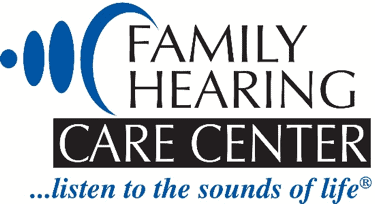
Fostering Academic Success: The Impact of Hearing Aids in the Classroom
Today, we delve into a topic of paramount importance – the role of hearing aids in the classroom and their profound impact on academic success and inclusion. The academic journey is a crucial chapter in a student’s life, and ensuring a supportive environment for those with hearing loss is integral. Join us as we explore how hearing aids contribute to empowerment, inclusivity, and academic achievement, all with a warm and professional perspective.
The Academic Challenges of Hearing Loss:
For students with hearing loss, the classroom can present unique challenges. From lectures and discussions to group activities, a significant part of the learning experience occurs through auditory channels. Without proper hearing support, students may face barriers that hinder their academic performance and overall sense of belonging.
Difficulty in Lecture Settings:
- In traditional classroom settings, lectures and discussions are essential components of the learning process. Students with hearing loss may struggle to catch every word, impacting their understanding of key concepts.
Barriers in Group Activities:
- Collaborative learning is a cornerstone of modern education. However, group activities can pose challenges for students with hearing loss, as they may miss crucial information and insights shared during these sessions.
Impact on Social Integration:
- Effective communication is not only vital for academic success but also for social integration. Hearing loss can sometimes lead to feelings of isolation, affecting a student’s sense of belonging within the school community.
The Transformative Role of Hearing Aids:
Hearing aids play a transformative role in leveling the playing field for students with hearing loss. With advancements in technology and a growing awareness of the importance of inclusivity, these devices empower students to engage fully in the learning experience.
Enhanced Classroom Communication:
- Hearing aids are designed to amplify sounds, making it easier for students to hear and comprehend spoken words. This enhancement extends to various classroom activities, from teacher instructions to peer interactions.
Optimized Learning Environments:
- Modern hearing aids come equipped with features that adapt to different environments. This ensures optimal performance in the dynamic settings of a classroom, allowing students to focus on their studies without being hindered by background noise.
Promoting Independence:
- By providing a personalized auditory experience, hearing aids empower students with the independence to actively participate in class discussions, ask questions, and contribute to group activities.
The Importance of Teacher and Peer Awareness:
Creating an inclusive classroom environment involves raising awareness among teachers and peers about the unique needs of students with hearing loss. A warm and supportive community plays a vital role in ensuring that every student feels valued and heard.
Teacher Training and Awareness:
- Educating teachers about hearing loss and the benefits of hearing aids fosters an environment where instructors can implement strategies to support students effectively. This may include using visual aids, ensuring clear communication, and providing additional resources when needed.
Peer Inclusion and Empathy:
- Encouraging empathy and inclusion among peers creates a positive social atmosphere. Simple gestures, such as facing a student with hearing loss during conversations or repeating key points, contribute to a more supportive and connected classroom community.
Conclusion:
In conclusion, the integration of hearing aids in the classroom is a powerful step toward academic success and inclusion. By addressing the unique challenges students with hearing loss may face, we create an environment where every learner can thrive. As technology continues to advance and awareness grows, the educational landscape becomes more inclusive, ensuring that no student is left unheard.
May this journey toward academic empowerment and inclusivity pave the way for a future where every student, regardless of hearing abilities, can explore the wonders of learning with confidence, enthusiasm, and a sense of belonging.
